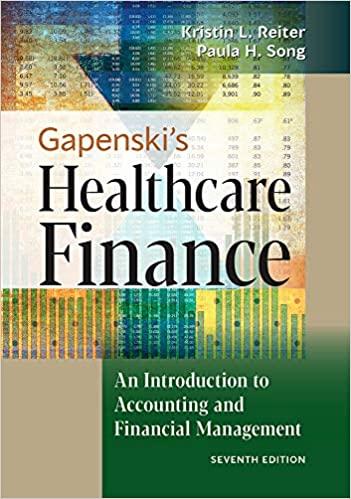
3. Net Present Value The USEPA is considering a rule that would require the installation of Mercury (Hg) control devices on all coal-fired power plants in the year 2020. These devices will cost $ 100 million in 2020. This rule is not projected to generate benefits until the year 2023 because of the lag between exposure and the onset of illness. During the year 2023 benefits will consist of avoided illness and the total monetary benefits associated with this policy are estimated to be $150 million in 2023. a. Use the following information, together with the Ramsey Discounting Rule, to "build a discount rate. The pure rate of time preference is 0. Expected growth in real consumption per capita is 2%, and the elasticity of the marginal utility of consumption with respect to consumption is also 2%. Using the discount rate you built, please compute the net present value of this project (with respect to the year 2020). b. What amount of money would need to be invested in 2020 in order to yield a future value of $150 million in 2023 at the discount rate you computed in (a)? How does this compare to the present value of the costs of the project? And what does this tell the analyst about the merits of the project? c. Now consider a case in which USEPA is unsure precisely how much public health would improve based on relocation decisions by residents near coal-fired power plants. USEPA attributes the following probabilities to benefits. (These are either/or" cases.) It is 75% likely that benefits will be $110 million in 2023, and 25% likely that benefits will be $175 million, now in 2025. Please compute the net present value of this project (with respect to the year 2020) with the discount rate you estimated in (a). 3. Net Present Value The USEPA is considering a rule that would require the installation of Mercury (Hg) control devices on all coal-fired power plants in the year 2020. These devices will cost $ 100 million in 2020. This rule is not projected to generate benefits until the year 2023 because of the lag between exposure and the onset of illness. During the year 2023 benefits will consist of avoided illness and the total monetary benefits associated with this policy are estimated to be $150 million in 2023. a. Use the following information, together with the Ramsey Discounting Rule, to "build a discount rate. The pure rate of time preference is 0. Expected growth in real consumption per capita is 2%, and the elasticity of the marginal utility of consumption with respect to consumption is also 2%. Using the discount rate you built, please compute the net present value of this project (with respect to the year 2020). b. What amount of money would need to be invested in 2020 in order to yield a future value of $150 million in 2023 at the discount rate you computed in (a)? How does this compare to the present value of the costs of the project? And what does this tell the analyst about the merits of the project? c. Now consider a case in which USEPA is unsure precisely how much public health would improve based on relocation decisions by residents near coal-fired power plants. USEPA attributes the following probabilities to benefits. (These are either/or" cases.) It is 75% likely that benefits will be $110 million in 2023, and 25% likely that benefits will be $175 million, now in 2025. Please compute the net present value of this project (with respect to the year 2020) with the discount rate you estimated in (a)







